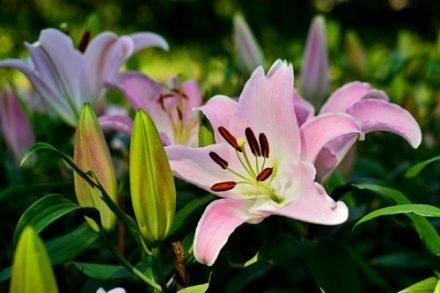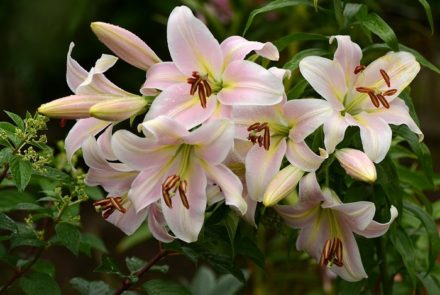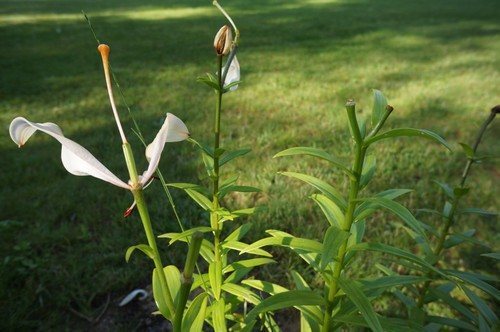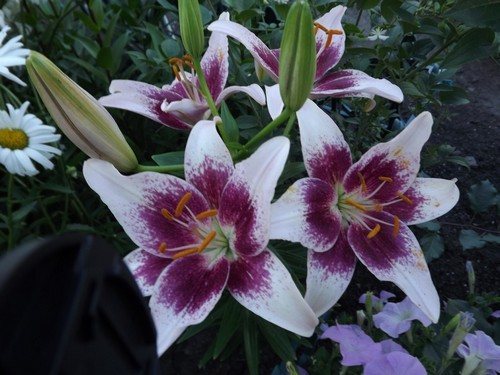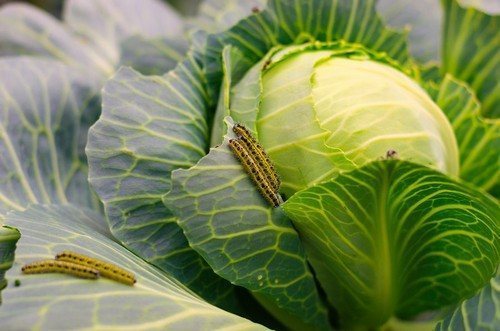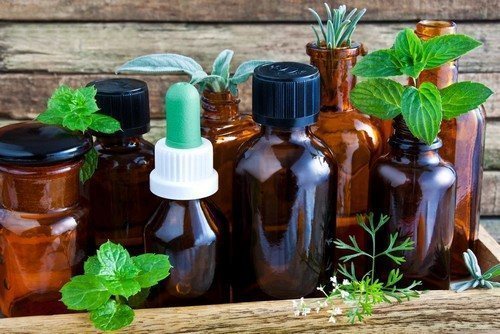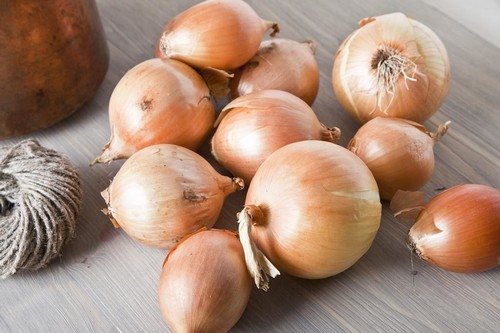Observing the lily bushes in our gardens, you can notice that, as a rule, the abundance of flowering is insufficient. To achieve the desired result, you must follow special rules for planting and caring for flowers.
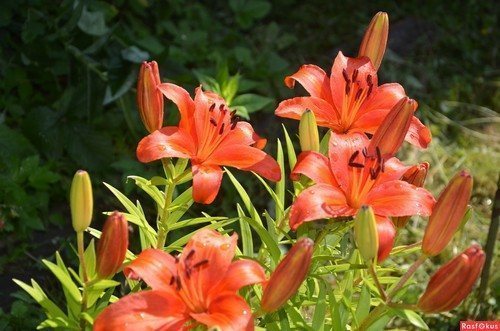
When growing, it is important to consider the following factors:
- landing site relative to sunlight;
- the soil used;
- quality and storage of bulbs;
- planting time;
- care and feeding during flowering.
Landing location
As a planting site, use a semi-lit area so that the sun's rays hit the flowers only in the first half of the day. It should be borne in mind that watering is carried out in the evening. It is also necessary to take into account the group affiliation of the flower. For example, Asiatic, trumpet, and oriental lilies love light areas. A lilies, which belong to the curly group, feel better in partial shade.

Soil required for planting
When planting, the soil should be moderately moist; excess moisture should be avoided. But too little moisture is also dangerous, as the flowers grow small. Lily prefers enriched soil with sufficient nutrients and mineral fertilizers (nitrogen, phosphorus, potassium). To a greater extent, lilies should be planted in slightly alkaline and slightly acidic soil. You should not add manure to the soil, there will be a lot of vegetation, but not many flowers, and this will have a bad effect on the bulbs.
Bulb quality
The bulb should be without traces of rot. It should be evenly colored, without unnecessary stains. Store the bulbs in a cool place, sprinkled with sand or sawdust. In order for the bulb to have more vitality, it is necessary to cut off as many flowers as possible in the first year of flowering.
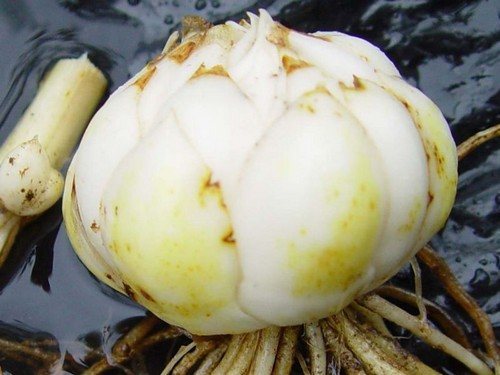
Boarding time
Since the lily is a perennial plant, the best time for planting is late summer - early autumn, after there are no flowers left on the plant. But if you plant in the spring, then it is better to do it in completely thawed and dry soil.
Plant care and nutrition
In order for lilies to delight you with their blooms every year, they need to be fed throughout their growth. This must be done three times: early in the spring, when the first buds begin to appear, and in the fall, after the last flower has withered.
It is also worth monitoring watering. It should be plentiful and daily, especially in dry times. It is worth watering only the root part. When moisture gets on flowers or leaves in sunlight, it immediately causes plant burns.
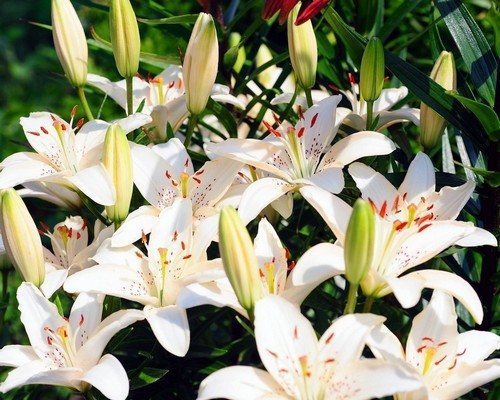
In order for the flowering to be especially lush, it is recommended to cut flowers as rarely as possible, and if you do this, then in a special way. A must when there is no sun: early in the morning or after sunset. It is best to break it off, as the knife can cause infections. If possible, it is worth leaving as much stem as possible, this has a beneficial effect on the further ripening of the bulb.
In the fall, after flowering, remove all flowers, keep a close eye on weeds, and water well. After half a month, it is worth transplanting them to a more suitable place and covering them for the winter.


